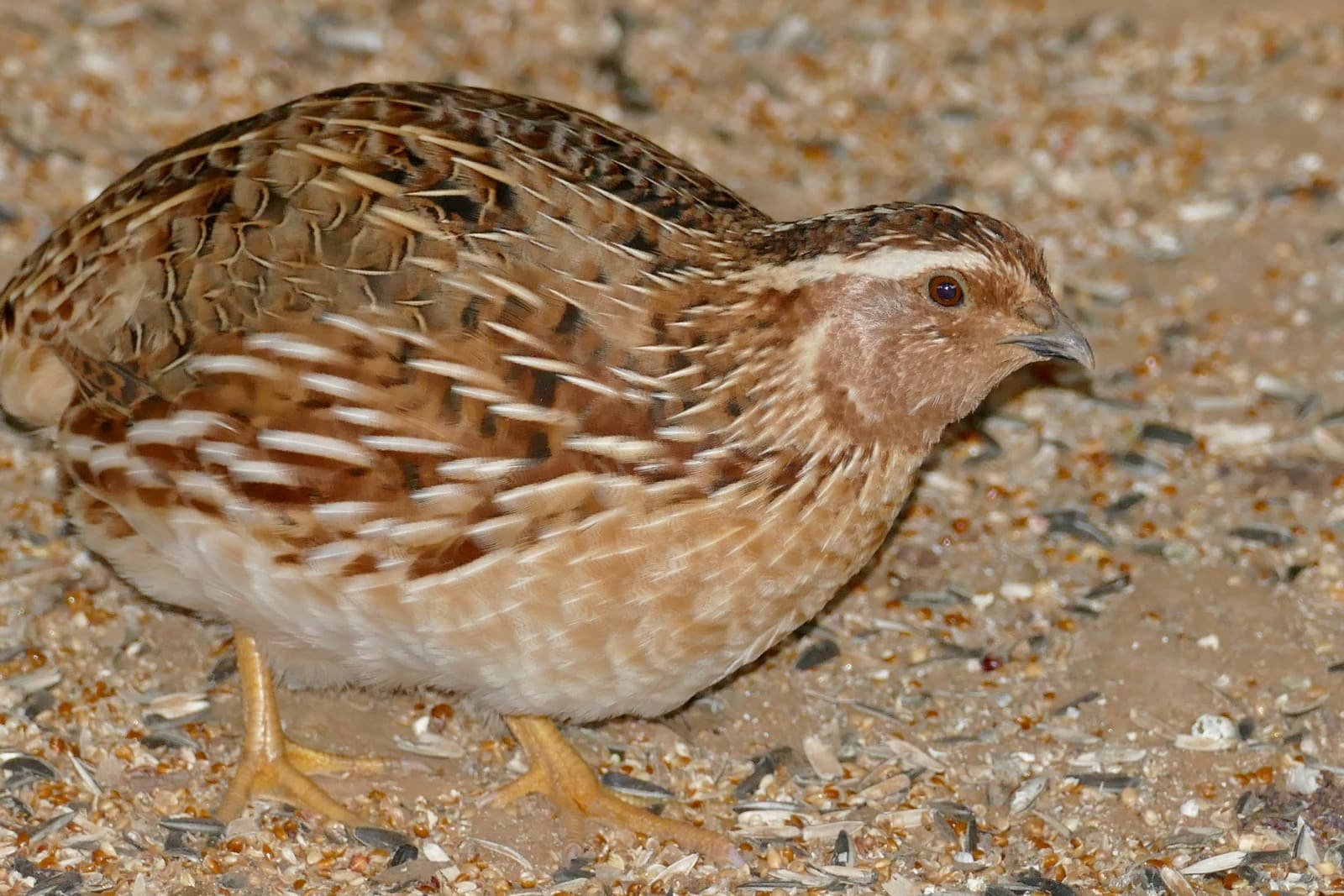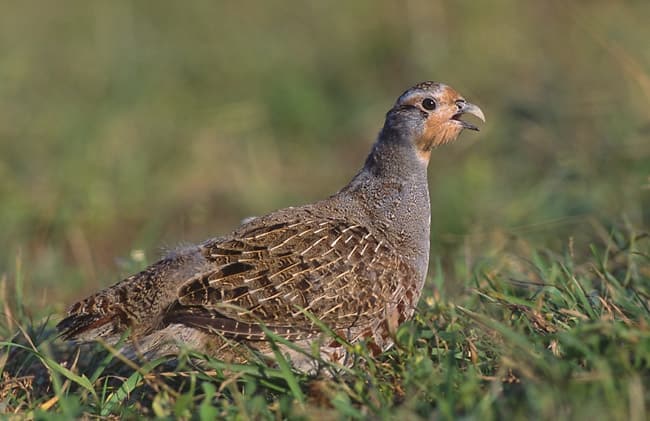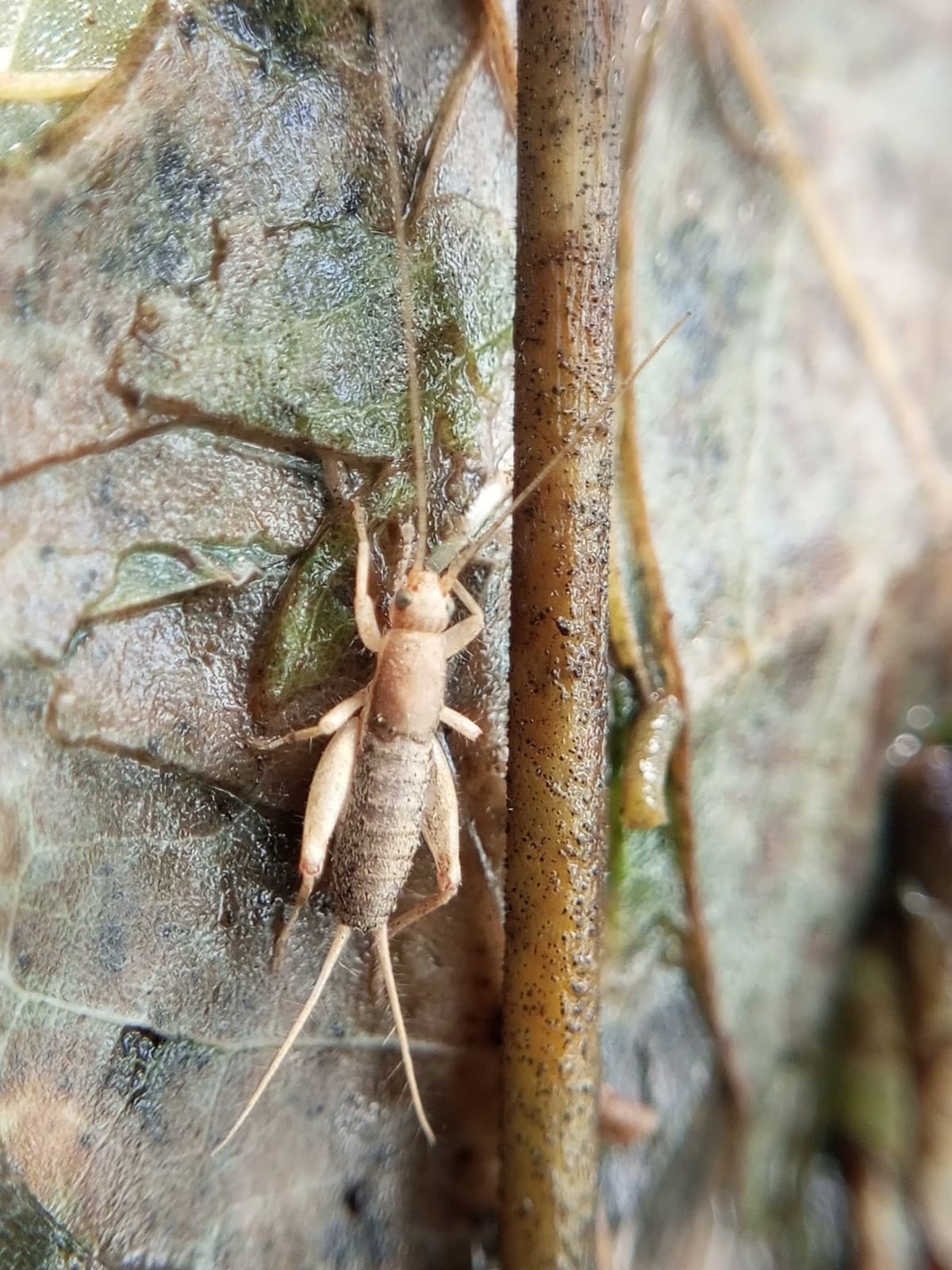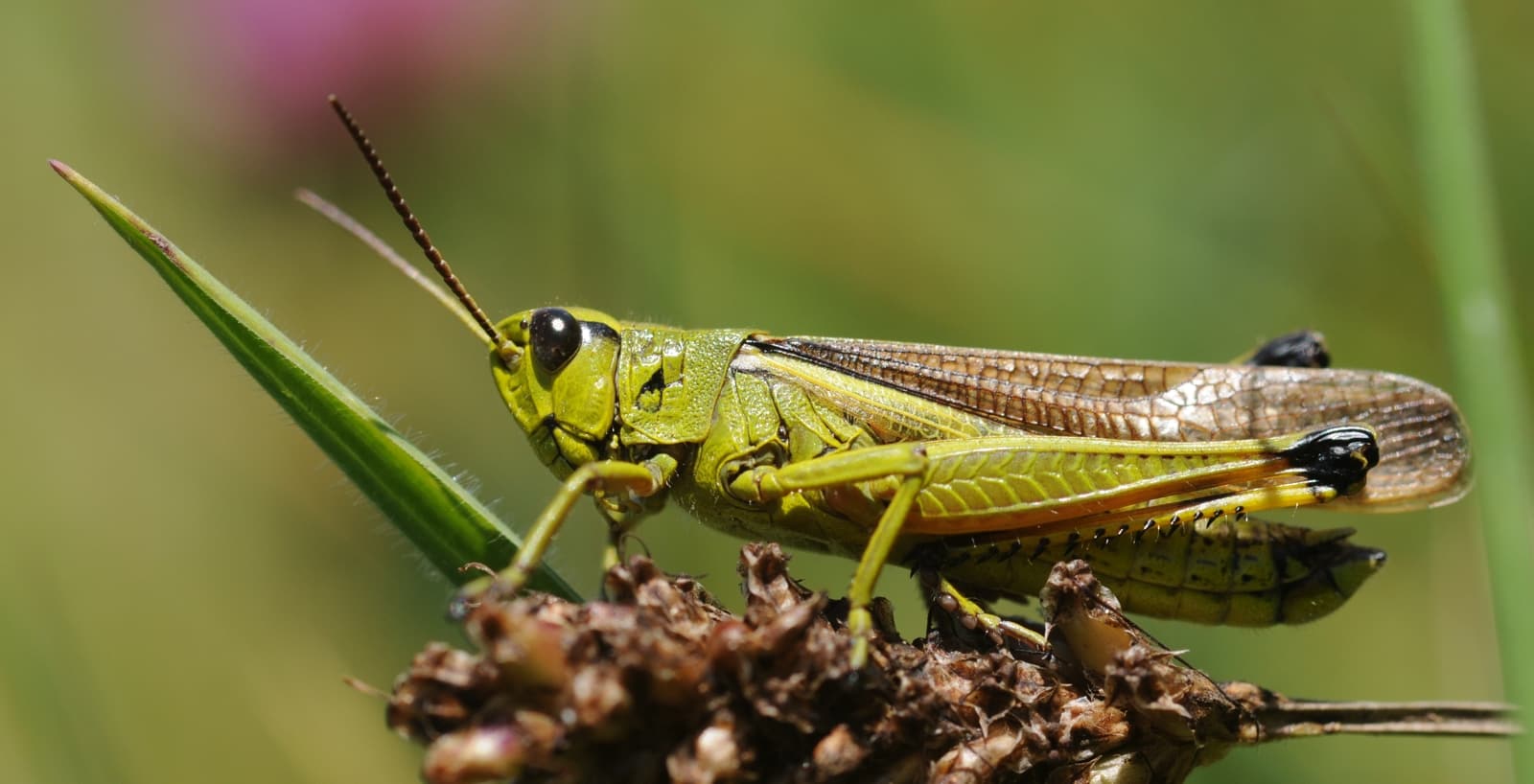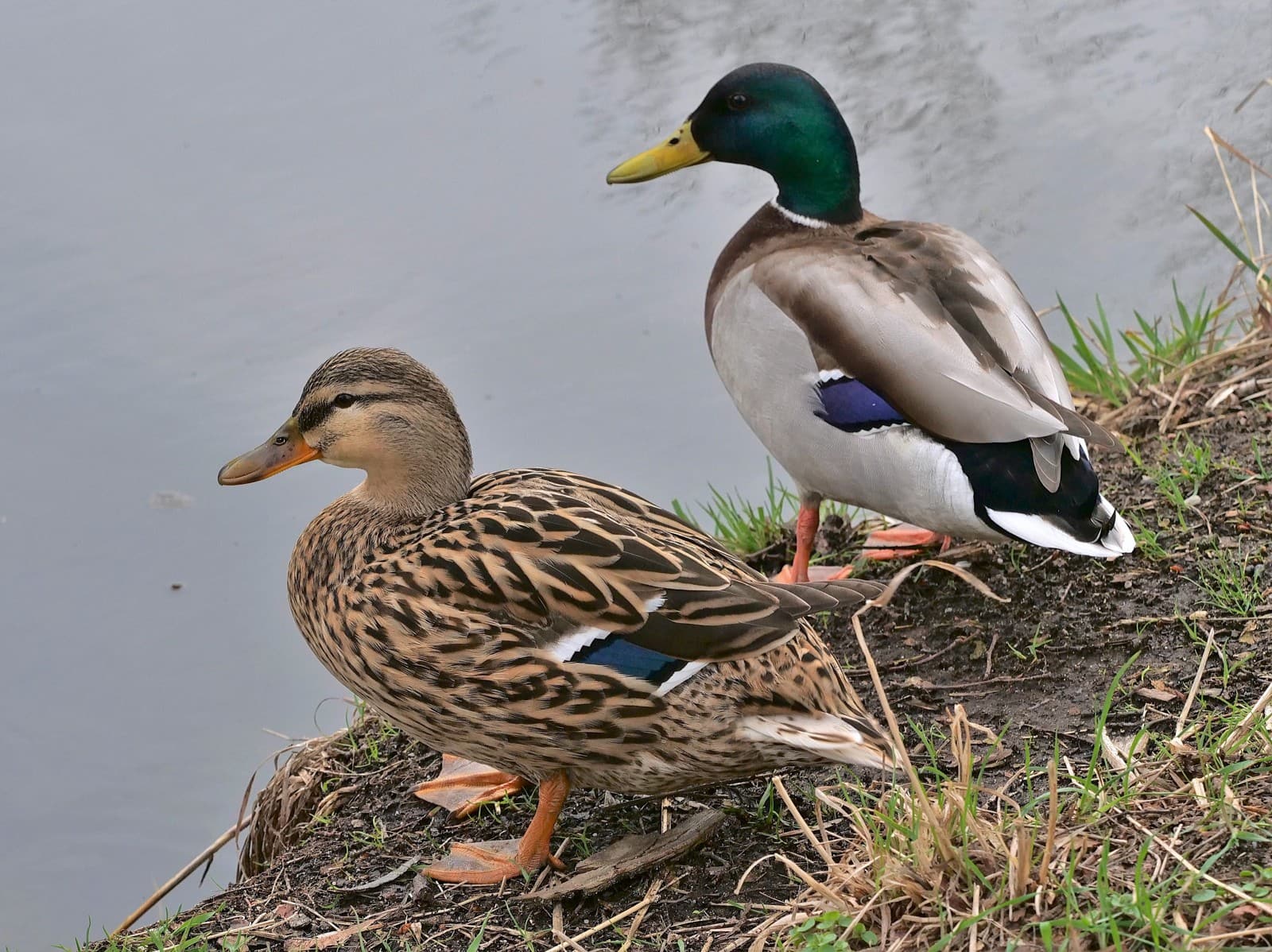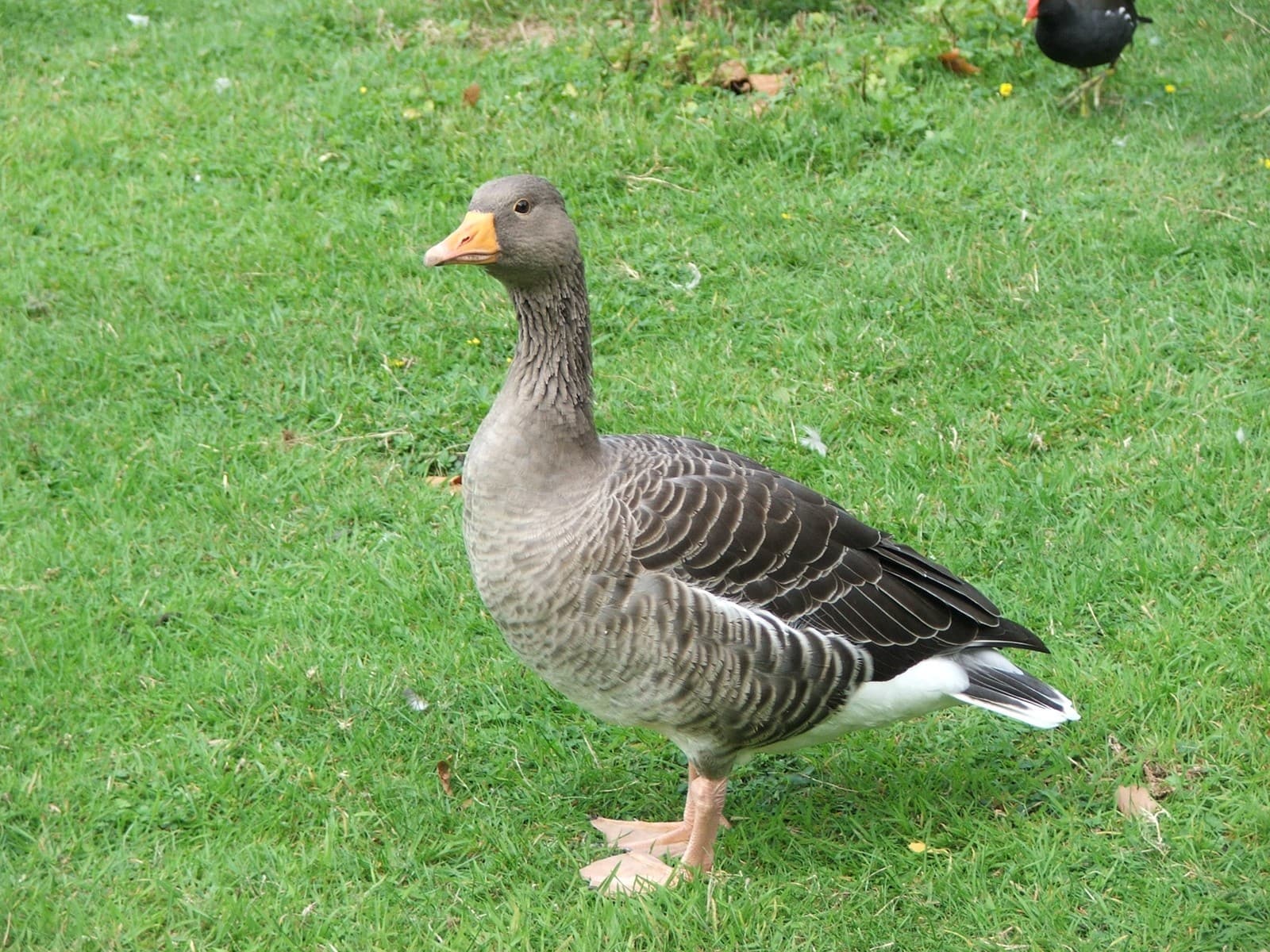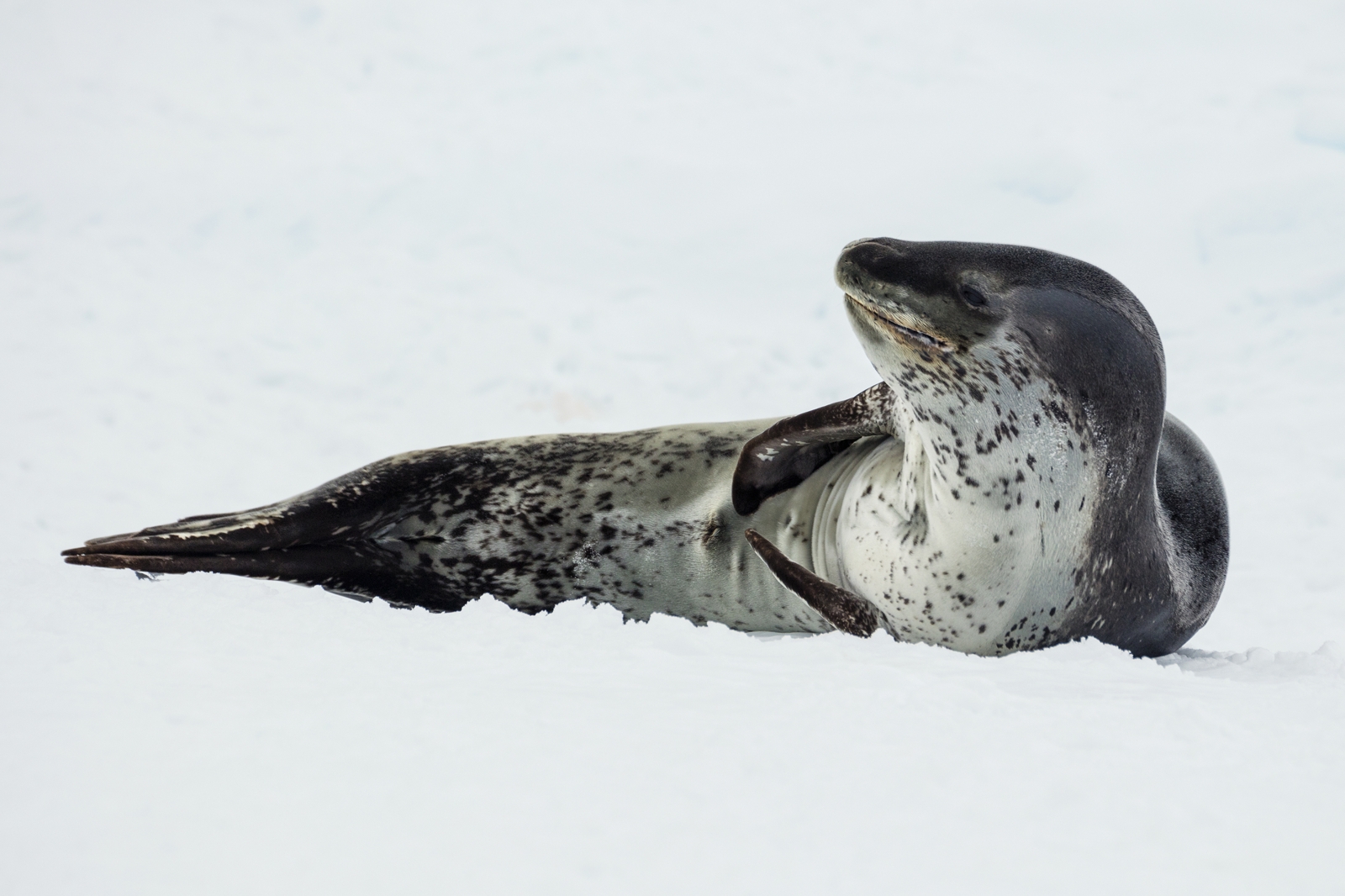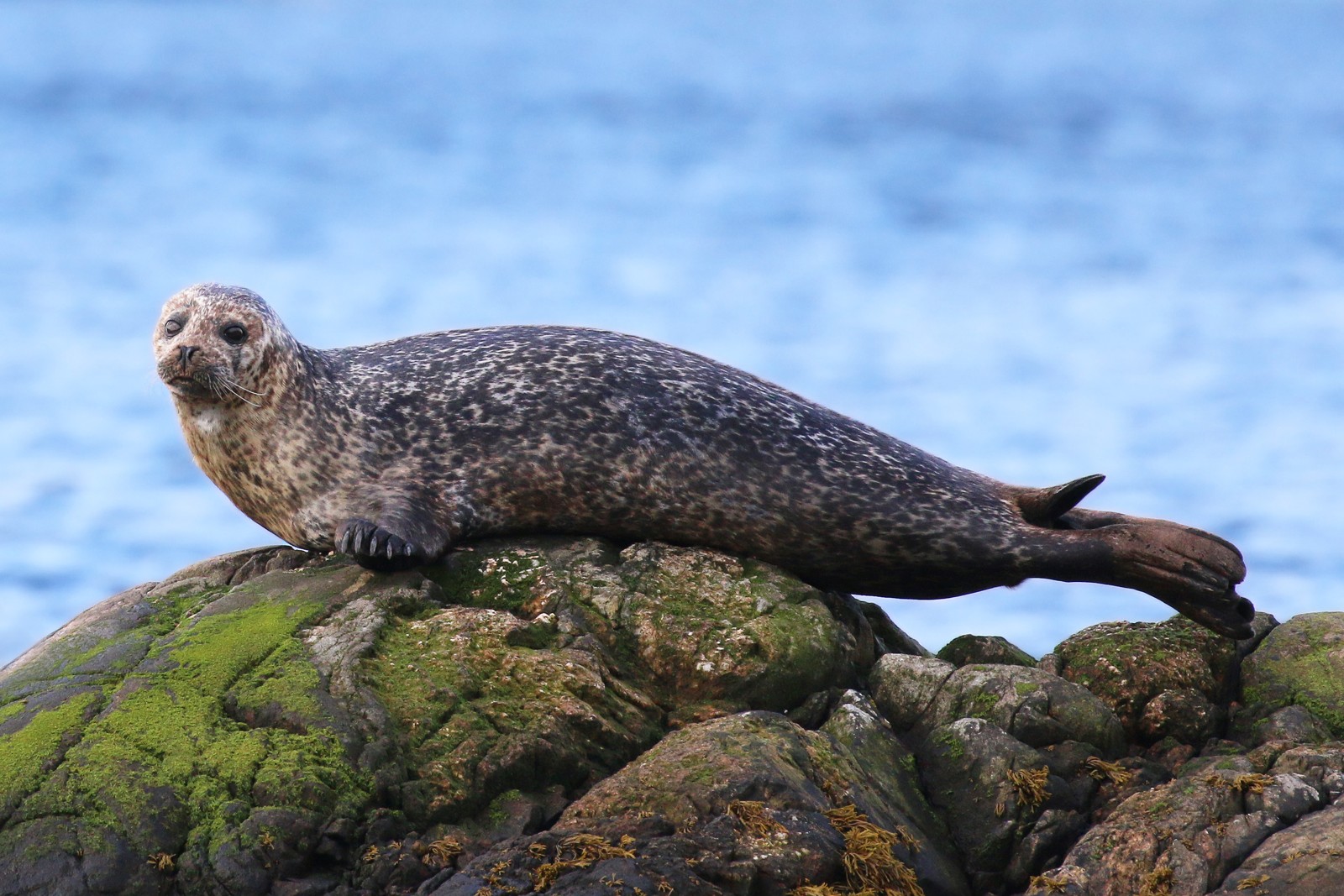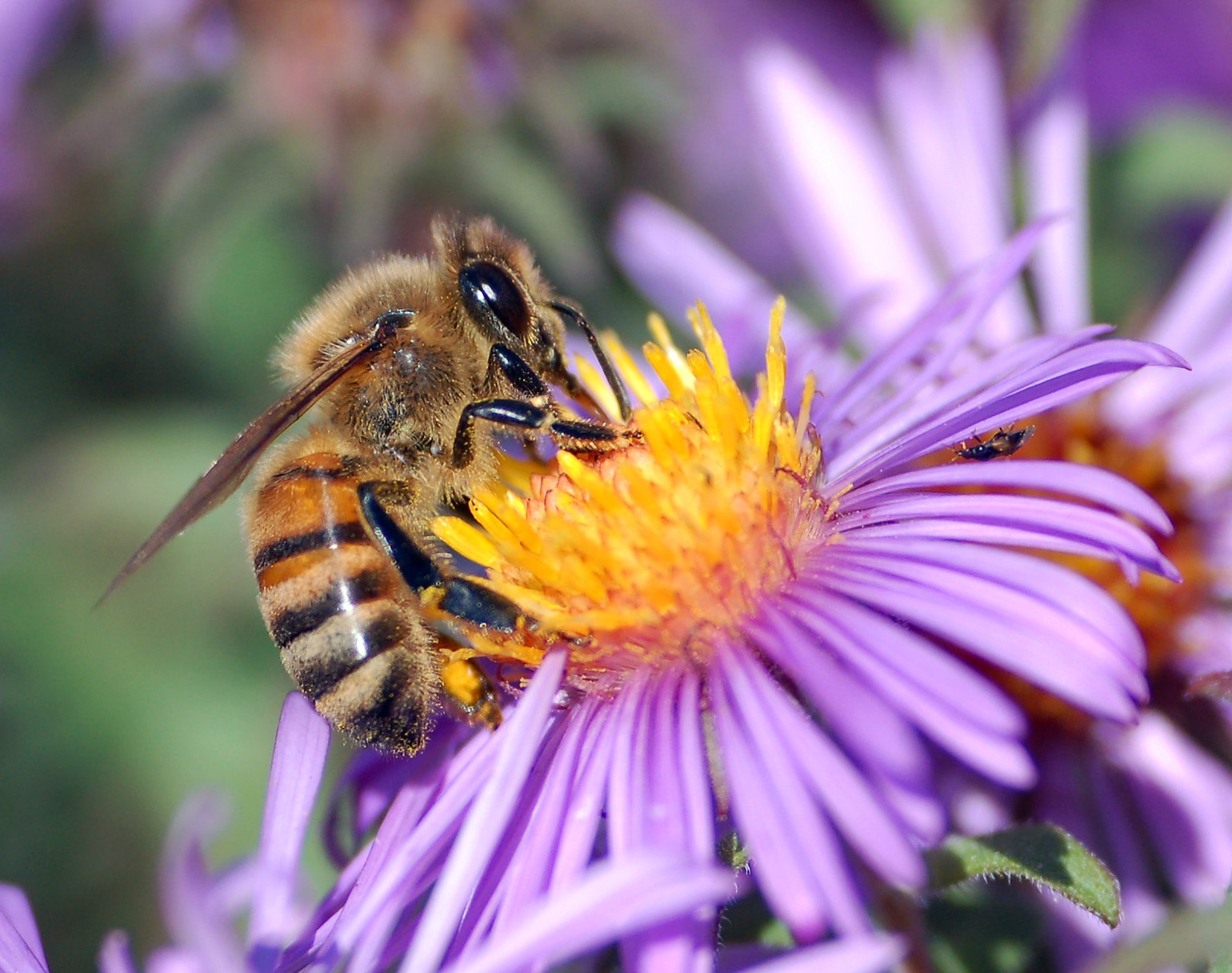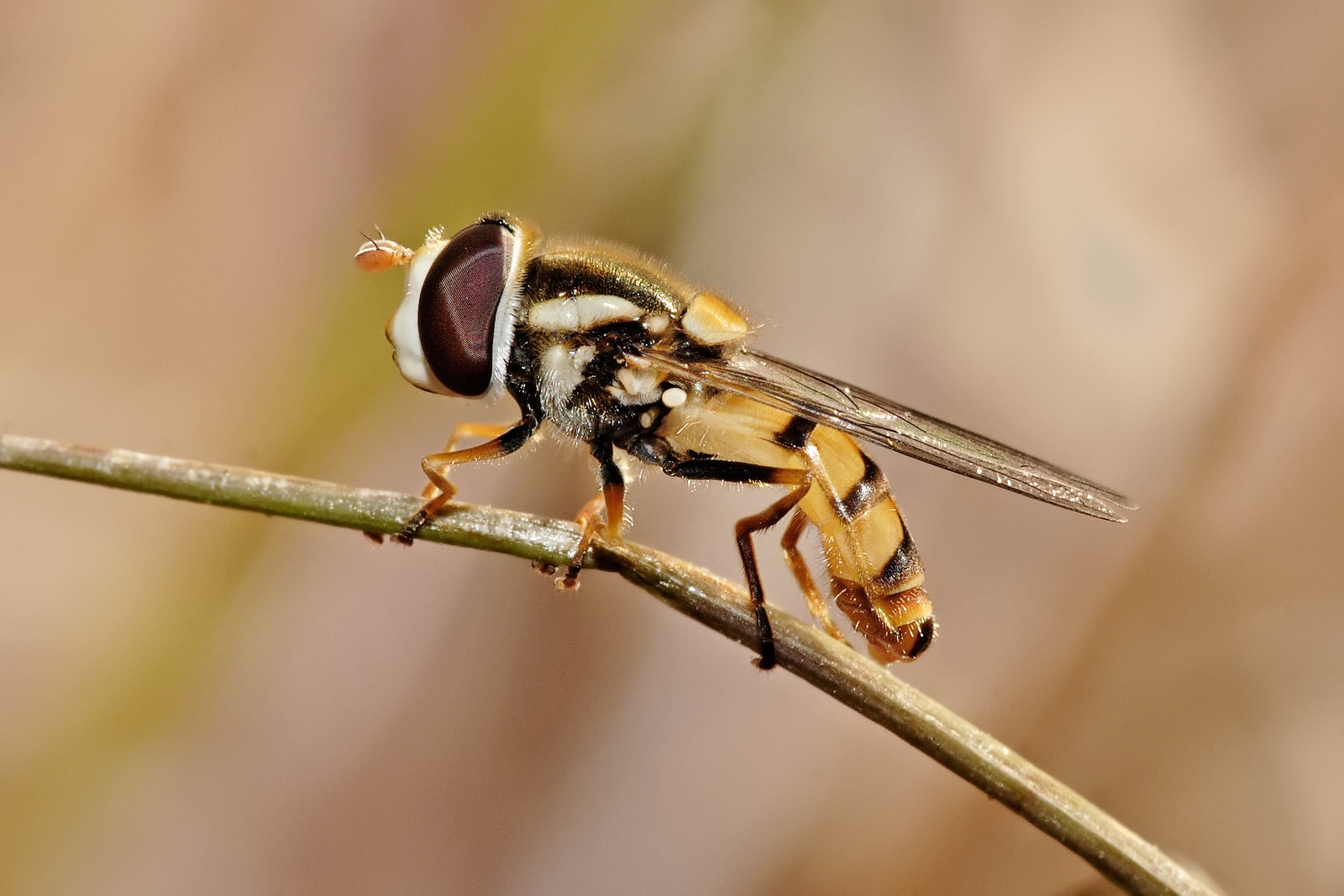Roadrunner vs Quail: A Complete Comparison
While both roadrunners and quail are ground-dwelling birds of the American Southwest, these remarkable species couldn’t be more different in their survival strategies. Roadrunners are swift predators reaching speeds up to 20 mph (32 km/h), while quail are social foragers typically moving at a casual walking pace. The size difference is equally striking – roadrunners stand nearly twice as tall at 22-24 inches (56-61 cm) compared to the compact 10-inch (25 cm) quail.
These distinctive birds have evolved vastly different approaches to desert living. Roadrunners are solitary hunters with a carnivorous diet, while quail form tight-knit coveys and primarily feed on seeds and plants. Understanding these contrasts reveals fascinating adaptations that have allowed both species to thrive in challenging arid environments.
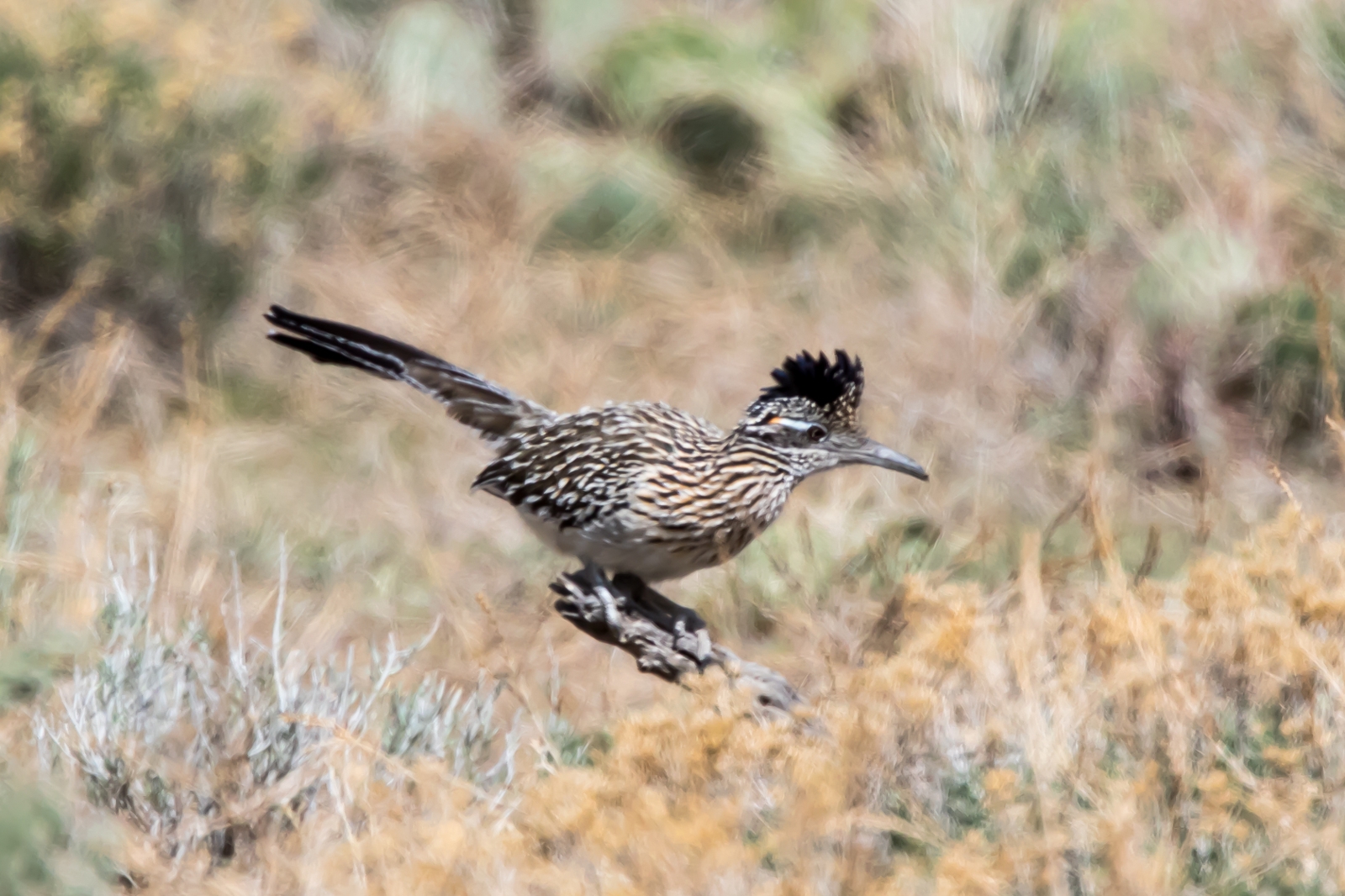
© Ron Knight from Seaford, East Sussex, United Kingdom / CC BY 2.0
The Greater Roadrunner demonstrates its characteristic hunting posture, showcasing the long legs and streamlined body that make it one of North America’s most distinctive ground-dwelling predators.
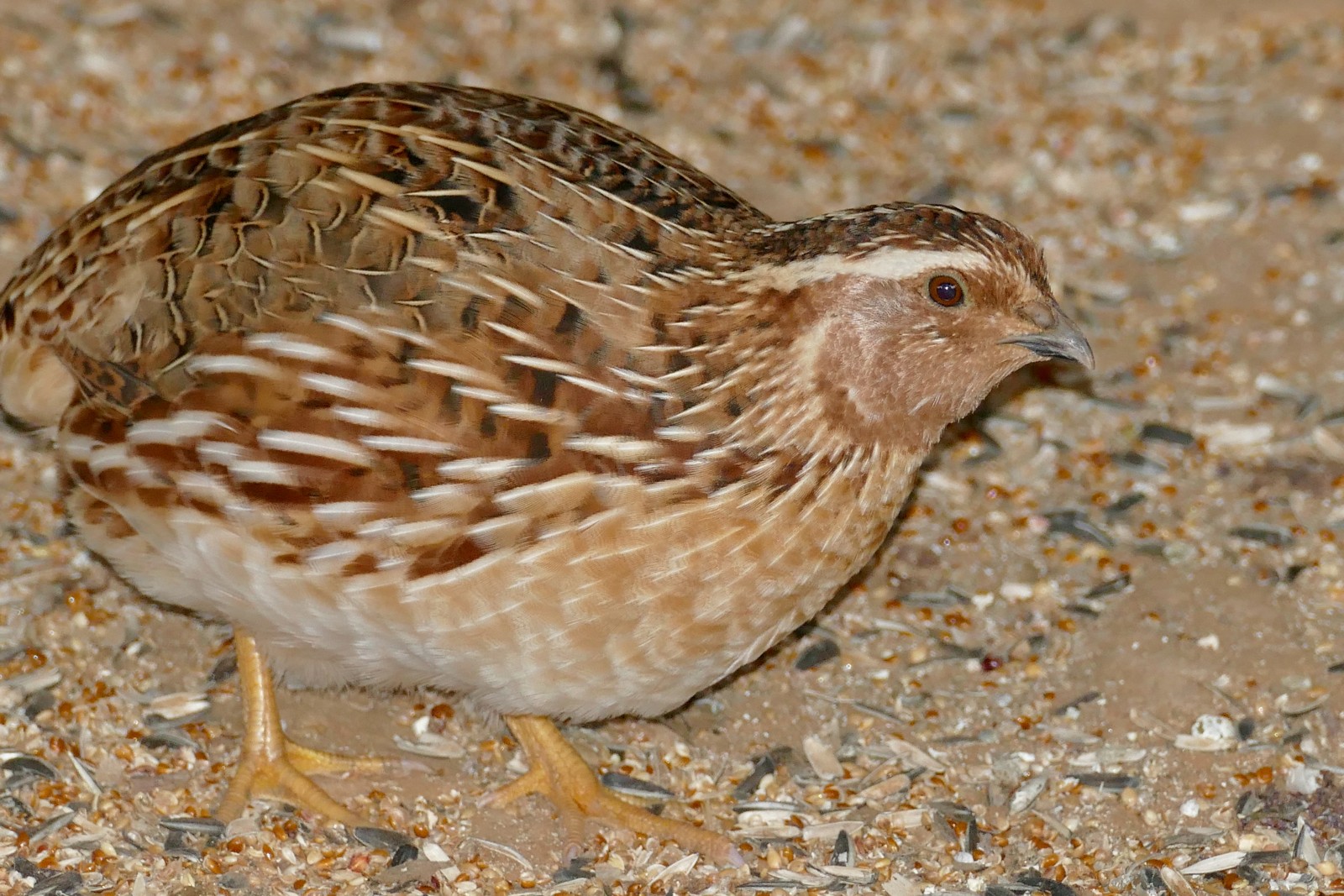
© Bernard DUPONT from FRANCE / CC BY-SA 2.0
A Northern Bobwhite Quail exhibits its characteristic rounded profile and intricate feather patterns, perfectly adapted for blending into grassland environments while foraging.
Key Differences Between Roadrunners and Quail
| Feature | Roadrunner | Quail |
|---|---|---|
| Size | 22-24 inches (56-61 cm) | 8-10 inches (20-25 cm) |
| Weight | 8-15 oz (227-425 g) | 5-7 oz (142-198 g) |
| Speed | Up to 20 mph (32 km/h) | 3-4 mph (5-6 km/h) |
| Social Behavior | Solitary or pairs | Groups of 10-40 (coveys) |
| Diet | Carnivorous (lizards, snakes, insects) | Herbivorous (seeds, plants) |
| Habitat Range | Southwest US to Mexico | Throughout North America |
Hunting and Survival Strategies
Roadrunners and quail exhibit dramatically different approaches to survival in their desert environments. Roadrunners are active hunters, using their speed and agility to chase down prey like lizards, snakes, and large insects. Their distinctive X-shaped footprint pattern allows them to run efficiently at high speeds, while their strong beak serves as a powerful weapon for subduing prey.
Quail, conversely, rely on safety in numbers and cryptic coloration. These social birds form tight-knit coveys that work together to spot predators and find food sources. When threatened, quail typically freeze in place, using their camouflaged plumage to blend with surrounding vegetation, or burst into short, explosive flights to escape danger.
Habitat and Distribution
While both species inhabit arid regions, their specific habitat preferences differ significantly. Roadrunners thrive in open desert landscapes with scattered vegetation, requiring clear sight lines for hunting and patches of dense brush for nesting. Their range extends from the southwestern United States through central Mexico.
Quail species show more habitat diversity, with different species adapted to various environments from desert scrubland to eastern woodlands. The Northern Bobwhite prefers a mix of open areas and dense cover, while Gambel’s Quail has adapted specifically to desert conditions.
Breeding and Family Life
The contrast between roadrunner and quail family dynamics is particularly striking. Roadrunners form monogamous pairs that may mate for life, with both parents sharing incubation duties and chick-rearing responsibilities. They typically raise 2-6 chicks per brood, teaching them hunting skills over several weeks.
Quail demonstrate more complex social structures, with entire coveys participating in chick-rearing. A single nest may contain 12-16 eggs, and multiple females sometimes lay eggs in communal nests. Young quail are precocial, able to follow their parents and feed themselves within hours of hatching.
Who Would Win in a Confrontation?
While such encounters rarely occur naturally, a roadrunner would likely dominate any direct confrontation with a quail. Roadrunners are skilled predators with significant size advantages and powerful beaks designed for killing prey. However, quail’s natural instincts and group dynamics typically prevent such encounters, as they rely on early warning systems and rapid escape rather than confrontation.
Conservation Status and Human Impact
Both species face challenges from habitat loss and climate change, but their different lifestyles affect their vulnerability. Roadrunners, requiring larger territories for hunting, are more sensitive to habitat fragmentation. Quail populations have declined significantly in some regions due to agricultural intensification and urban development, though their ability to adapt to varied habitats has helped maintain overall stability.
Human activities impact these birds differently:
- Roadrunners benefit from some human development that creates edge habitats
- Quail suffer from modern agricultural practices that eliminate fence rows and brush
- Both species face challenges from increasing drought conditions in their native ranges
- Conservation efforts focus on habitat preservation and restoration for both species
Understanding these differences between roadrunners and quail not only reveals the remarkable diversity of avian adaptations but also helps inform conservation strategies to protect these iconic desert dwellers for future generations.
